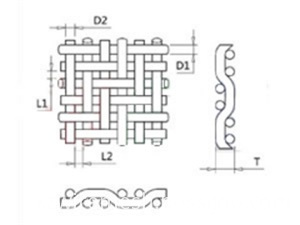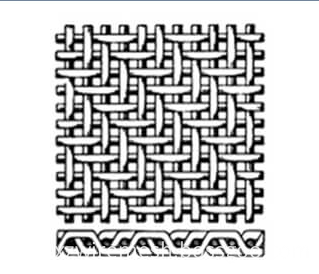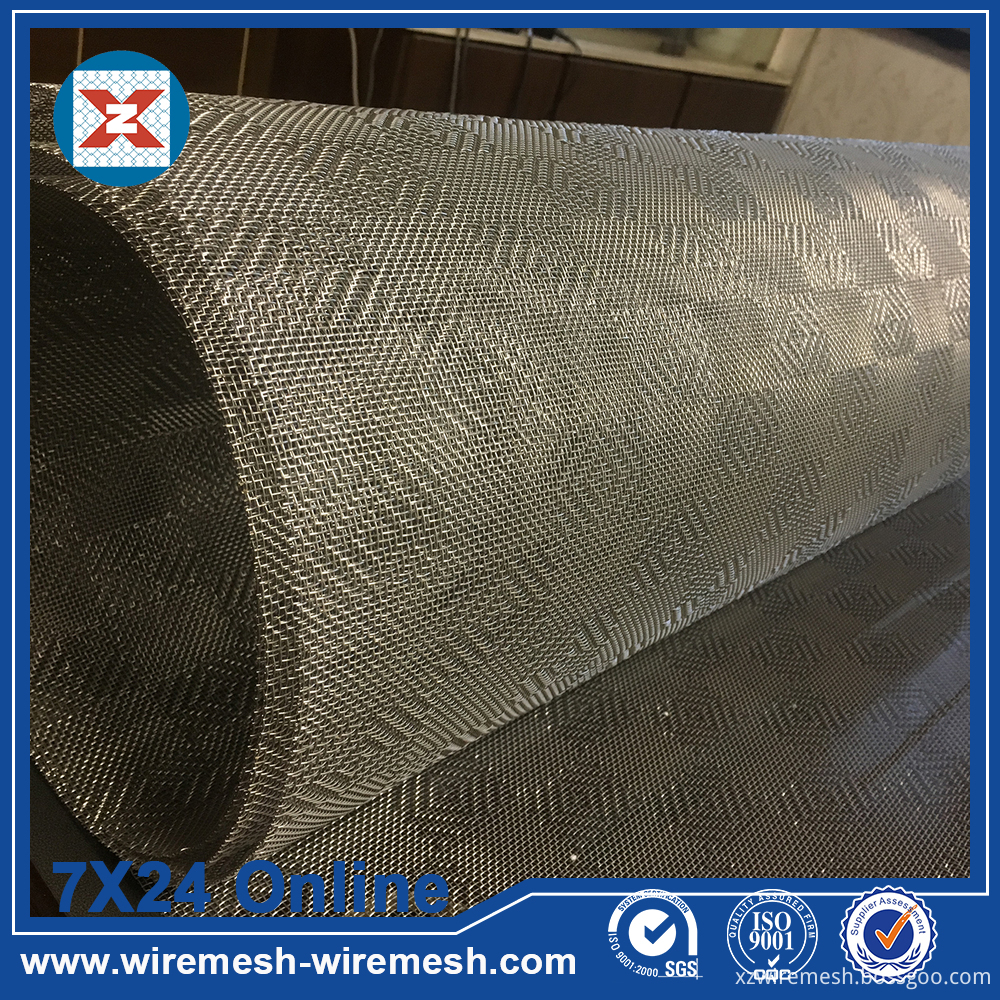A Brief Analysis of the Useful Life of Special Protective Equipment and the Principle of Discarding
China Labor Safety Net News The period of use of labor protection articles is related to many factors such as the operating environment, the frequency of use of labor protection articles, and the nature of labor protection articles. Some regions have formulated rigid regulations based on actual conditions: For example, according to the operating environment in Shandong Province, the period of use of helmets for factories and mines shall be defined as: 36 months for metallurgical rolling mill slab operations; 48 hours for cold water operations; coal operations, civil works 24 months of operation; installer, driller, and sampler for geological pit survey operations for 12 months. The period of use of labor protection products in different regions is different. First, the service life of common special protective equipment (2) Due to multiple washings, the anti-static performance of anti-static overalls will be reduced. Therefore, the operating period set by enterprises with high ambient temperature, high labor intensity, and frequent washing times should be appropriately shorter. Damage to the ear should be used in a strong noisy environment, followed by earmuffs with anti-noise performance, and earplugs with the worst anti-noise effect. In the 1000-2000Hz band, the general sound attenuation value is only 10-20dB. Second, the principle of special protective equipment scrap In general, the following three principles should be considered during the use period: 1, the degree of corrosion According to different operations on the wear of labor protection supplies can be divided into heavy corrosion operations, corrosion operations and light corrosion operations. The degree of corrosion can reflect the operating environment and the use of the type of work.
Stainless Steel
Twill Weave Mesh is a kind of wire cloth product with flat and smooth mesh,
uniform mesh, no deformation, good extensibility and abrasion resistance. Twill weave Stainless Steel Mesh warp and weft threads interwoven from the adjacent strands - weaving in the direction of silk and shuttle.The movement of this upper and lower knitting is the movement of the shuttle.Twill weaving can be used to weave different specifications of mesh and mesh screen.
Material: 201,
304, 304 (L), 310, 316 (L), etc
Features: Features: stainless steel twill weave net is an acid, alkali
resistant, high temperature, tensile and wear resistance strong product, has
the filtering precision, the load strength high characteristics.
USES: Twill weave stainless steel mesh is widely used in aerospace,
petroleum, chemical industry, scientific research and transportation, etc, used
in acid, alkali environment conditions screening and filter, oil industry as
mud mesh, chemical fiber industry as screen mesh, plating industry as pickling
nets.
Extra tip: Stainless steel twill wire mesh gauge packaging must be strict, outer
waterproof paper - moistureproof film - cushion film - cardboard packaging
products in order to prevent wooden - damp impact in the transport process.
The warp wire (D1) : all longitudinal
braided lines.
The weft wire (D2) : all horizontal weaving
lines.
Aperture (L1 and L2) : the distance between
two meridians or two weft.
Mesh number:number of metal mesh holes per inch.
Thickness (T) : thickness of the net.
Specifications:
SPEC
WIRE DIAMETER
APERTURE
OPENING
RATE
WEIGHT(POUND)
INCH
MM
INCH
MM
200X200
.0021
.0533
.0029
.0737
33.6
6.2
250X250
.0016
.0406
.0024
.0610
36.0
4.4
270X270
.0016
.0406
.0021
.0533
32.2
4.7
300X300
.0051
.0381
.0018
.0457
29.7
3.04
325X325
.0014
.0356
.0017
.0432
30.0
4.40
400X400
.0010
.0254
.0015
.370
36.0
3.3
500X500
.0010
.0254
.0010
.0254
25.0
3.8
635X635
.0008
.0203
.0008
.0203
25.0
2.63
Products Photoes:
Stainless Steel Twill Weave Mesh Stainless Steel Twill Weave Mesh,Stainless Steel Wire Cloth,Twill Weave Mesh,Stainless Mesh Wire Anping Xinzheng Metal Wire Mesh Co., Ltd , http://www.sievingmesh.com
1. Lifetime of seat belts After two years of use, seat belts should be sampled once per batch. If qualified, the safety belt can continue to be used. For the tested sample belt, the safety rope must be replaced before it can be used again. Use frequent ropes. Always check the appearance. If any abnormalities are found, replace them with new ones. The belt is used for 3 to 5 years.
2. Precautions for anti-static shoes and anti-static overalls (1) GB12014 "Anti-static overalls" stipulates that wear anti-static clothing must be worn with the anti-static shoes specified in GB4385.
(3) During the wearing process of anti-static shoes, the resistance test should not be performed for more than 200 hours. If it fails, it cannot be used.
3. Precautions for the service life of electrically insulating shoes and insulating gloves Electrically insulating shoes include: electrical insulating leather shoes, cloth rubber shoes, rubber surface rubber shoes, and plastic shoes. Each unit can reasonably establish the use period according to the labor intensity and operating environment. But pay attention to the following: First, storage, since the factory day more than 18 months, only to conduct electrical performance preventive testing; Second, where the bottom of the corrosive damage, can not be used for electrical insulation shoes; Is to conduct at least one electrical performance test every 6 months during use. If it fails, it cannot be used. The period of use of insulating gloves, each unit can be made according to the frequency of use to make provisions, but must be required before each use blow air self-test, at least once every six months to do an electrical test, if not qualified to continue to use.
4. Precautions when equipped with a hearing protector The hearing protector includes a noise-proof earplug, a noise-proof earmuff, and a noise-proof helmet. In general, the anti-noise helmet has the best anti-noise effect, not only blocking the air conduction noise, but also reducing the bone conduction noise.
2. Losses According to the degree of protection function reduction, it can be divided into vulnerability to loss, moderate loss and mandatory scrap. The loss status reflects the protection performance of the product.
3, durability According to the use of the cycle can be divided into durable, medium durable and not durable. The durability performance reflects the material condition of labor protection articles, such as flame-retardant protective clothing made of high-temperature flame-retardant fiber fabrics, and durable than flame-retardant protective clothing made of flame-retardant fabrics treated with flame retardants. Durability reflects the overall quality of protective equipment. Third, there are several misunderstandings in the use of personal protective equipment Misunderstanding 1: Personal protective equipment can be worn or not wear experts pointed out that personal protective equipment can eliminate or reduce the impact of occupational hazards on the health of workers, "The Occupational Disease Prevention Act" provides that employers Workers must be provided with protective equipment that meets the requirements, while workers are obliged to wear protective equipment.
Myth 2: No odor in the workshop, you can not wear personal protective equipment experts pointed out that many harmful gases are colorless, odorless, tasteless, without any warning, can not feel. Even if it is odorous, there are limitations and individual differences in the sensory organs' perception of the outside world. Therefore, excessive belief in feelings may lead to occupational poisoning.
Myth #3: Gauze masks can be used to prevent dust. Normal gauze masks cannot be used as dust masks. The gauze masks we use today are cheap, sweat-absorbent in the summer, and warm in the winter. However, such masks (even if they are 16 layers thick) cannot protect against the hazards of respiratory dust from pneumoconiosis. Special dust masks are required for dust protection.
Myth 4: Medical masks are used in anti-drug medical masks to prevent the spread of disease through droplets, but they cannot filter toxic gases. For different poisons, use different respirator masks. General volatile organic gases can use activated carbon respirator.
Myth #5: Dust masks are washed and reusable The filters of the dust masks cannot be washed. The high-efficiency filters used in dust masks are usually non-woven materials, and some rely on electrostatic charges on fibers to filter respiratory dust. After washing, the microstructure of the filter material is impaired, cracks and holes that are invisible to the naked eye occur, electrostatic charges are also greatly lost, and the filtration performance is severely degraded. Protective equipment is a passive protective measure. In any case, it should first adopt advanced production technology, do a good job of engineering protection facilities to actively prevent occupational diseases, and consider it as a protection facility if it cannot completely eliminate the occupational hazards. Workers are equipped with appropriate personal protective equipment. It is worth noting that personal protective equipment is not a panacea, and any personal protective equipment has its applicability, and it has limitations. It needs to consider the use of the environment and the scope of application of protective equipment.


